R
Ruth Nicholson
Guest
This is a Great Time To Improve Youth Soccer Clubs
Everyone is united in this global pandemic, and we all want to emerge back on the fields after the Coronavirus COVID-19 better than before. Here is useful information on how to streamline and improve your youth soccer club.
While not every youth soccer club experienced these issues in 2020, almost all clubs have confronted these challenges at some point. The better clubs get through these issues … others fail to thrive. The choice is the clubs.
The Biggest Problems in Youth Soccer (also known as the 7 Deadly Sinful Challenges in youth soccer.)
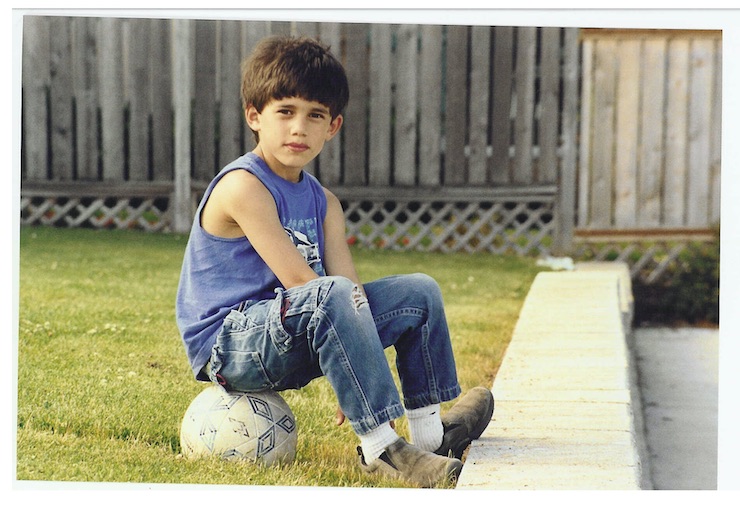
Youth Soccer Clubs – The Opportunity
In late March, clubs wanted to know how to deal with the current COVID-19 situation. A smart question was asked: Have there been any strategies put in place with other clubs to make them stronger when this all ends — better governance, better budget planning, marketing?
In the midst of this chaotic and unprecedented hiatus from soccer, America SCORES launched the free Soccer Coaches Summit bringing together over a hundred soccer leaders, and I was honored to hold an hour-long session to help answer this question. This is clearly the time for strategic planning and assessment. Viewers of the Zoom summit asked tons of questions — and, here is a recap of the session’s highlights.
What Does it Take for a Youth Soccer Club to be Successful?
Bobby Howe, retired Director of Coaching for U.S. Soccer, has told me over the years that the three things a club needs to be successful are:
The coaching component is made up of player training, quality of coaches, and the support system for coaches. The governance portion can be met by either a board of directors for a non-profit organization or an owner at a for-profit club. Regardless, the critical components of governance are strategic direction, program priorities, policies and procedures, financial management, and personnel management (which may include both paid staff and volunteers).
Read: POWER GONE WRONG: WHEN SOCCER PARENTS PLAY OUT OF POSITION
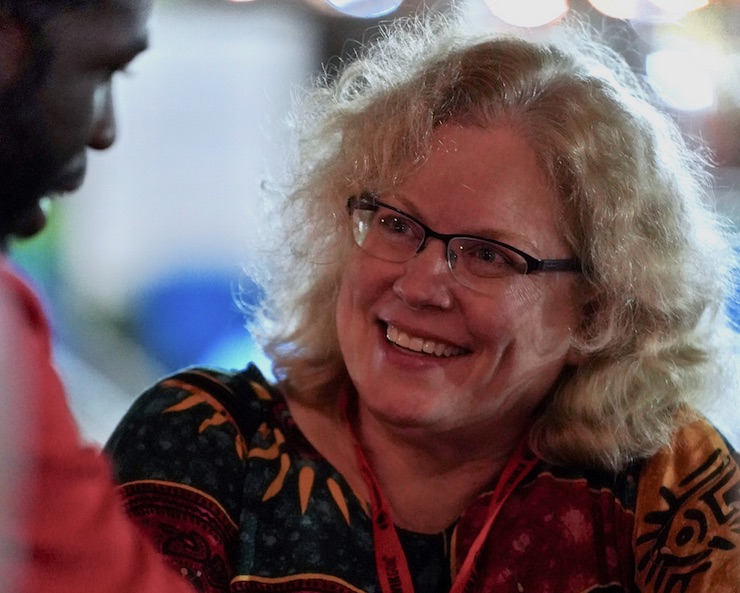
The last element is the administration which is focused on day-to-day operations, such as membership registration, communications, fields and facilities, and equipment and uniforms.
The basic concept is that the three components need to be in balance and running well for a club to be successful.
Read: THE SURPRISINGLY HIGH VALUE OF YOUTH SOCCER VOLUNTEERS
The Seven Deadly Challenges
Despite good intentions, most clubs suffer from one or more of the Seven Deadly Challenges.
The question often is:
The first step is to rate each of the three elements of a successful club on a scale of 1-5 in which 1 is poor and 5 is excellent. Do not overanalyze this number. Simply go with your gut and quickly give each a score.
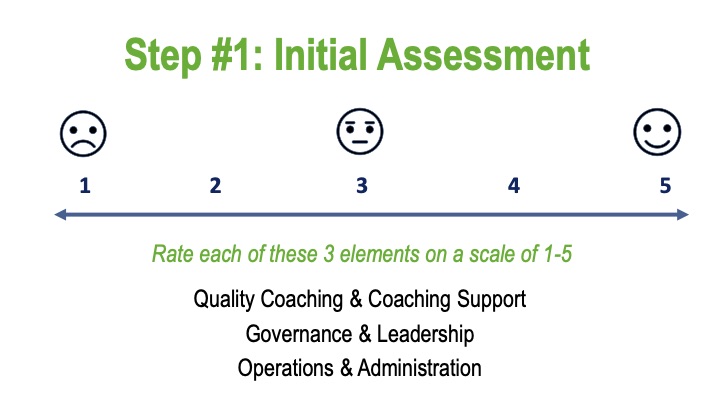
Write down the scores you give each of the three areas.
Step #2: Identify Your Positives and Your Obstacles
Pick one of the three areas to work on: Coaching, Governance, or Operations. You can repeat this exercise for each of them as you have time.
Get out a sheet of paper and get ready to look behind the scores you just gave your organization. Draw a big “T” on your page so it looks something like this.
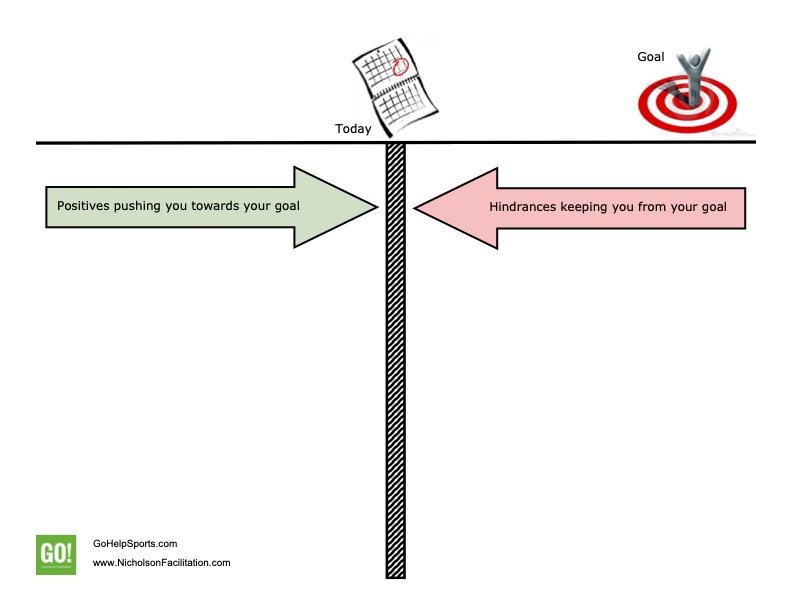
You know your goals and what you want to accomplish which is represented by the target in the top right of the page. The line down the middle represents where you are today. The “game” here is to push today’s line towards your goal.
Ask yourself why you did not give your club a lower score on that element (Coaching, Governance, or Operations). List your answers under the green arrow. These are the positive things that are pushing you towards your goal(s).
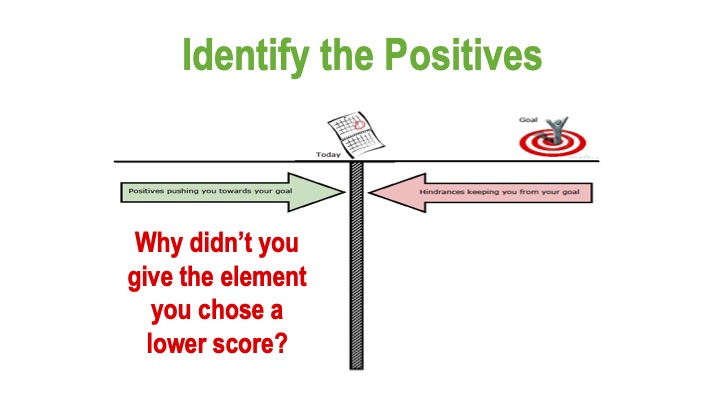
Now, ask yourself why you did not give your club a higher score. List your answers under the red arrow. These are the obstacles that are getting in the way of achieving your goal(s).

So what? The way you work towards achieving your goals is to make the positives stronger and the obstacles weaker.
Step #3: Make Your Action Plan
Before you jump in here, cross off everything on your page over which you have no control. Keep the things over which you have some influence or control. You want your action plan to be realistic and filled with things you can accomplish.
Read: POWER GONE WRONG: DON’T LET THE PRESIDENT AND TREASURER SHARE A BED
Identify about 2-5 things that you can work on now from your lists. They can be from the positive side of things you want to make better and stronger, or they can be from the obstacles side of things you want to decrease or make disappear. Your list can be a mix of both.
For each of the things on which you want to work, answer these questions:
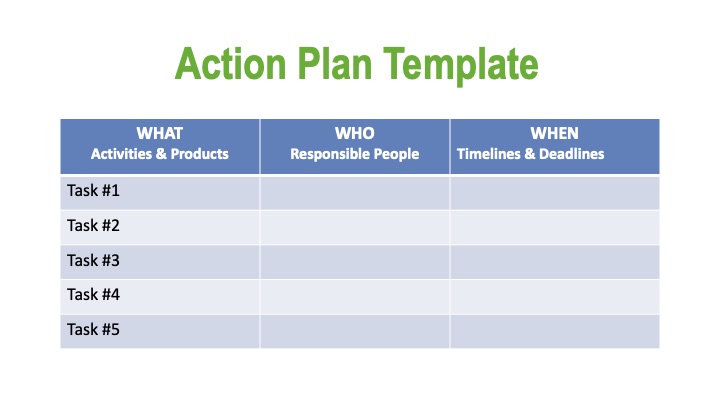
You now have an Action Plan! Log the deadlines in your phone, planner, or online project management system and get stuff done.
Remember to Plan First
This past fall, my five-year-old grandson started playing soccer for the first time. In his first game, he scored three goals: two for his team and one for the other team. All goals are great fun when you are five, right?
After the game, he asked me if I wanted to know how he did it. This is what he told me:
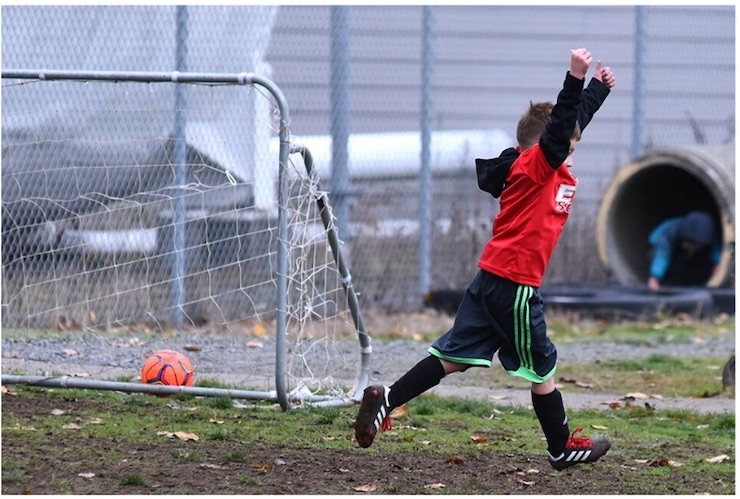
“This is how I do it. First, I think about what I want to do, then I kick the ball, and kick the ball, and kick the ball until it goes into the goal because … when I use my head first, I know I can do it,” said Logan – age 5
Planning does not have to take hours of meeting time. It simply takes focused thinking about what you want to do, using your head first, and making your goals.
Read: 5 WAYS TO MAKE YOUR YOUTH SOCCER CLUB BETTER
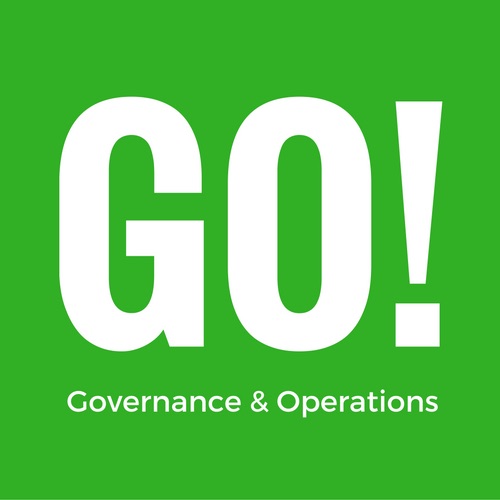
Ruth Nicholson is an internationally certified professional facilitator, mediator, and organizational alchemist helping youth sports organizations better support coaches, teams, and players. She is the founder of GO! offering proven governance, leadership, and administrative tools.
As a coach for TeamGenius, Ruth helps sports organizations develop assessment and feedback programs for players, coaches, and referees. She was a co-creator of the international 2019 Think Tank to Improve Youth Sports which engaged over 60 speakers from two dozen sports.
In 2018, Ruth was a finalist for the Hudl Innovator of the Year award for youth soccer. Her work has engaged coaches, sports professionals, and organizations in North America, Africa, Asia, Australia, Europe, and South America.
The post THE 7 DEADLY CHALLENGES FOR A YOUTH SOCCER CLUB appeared first on SoccerToday.
Continue reading...
SoccerToday News from Diane Scavuzzo
Everyone is united in this global pandemic, and we all want to emerge back on the fields after the Coronavirus COVID-19 better than before. Here is useful information on how to streamline and improve your youth soccer club.
While not every youth soccer club experienced these issues in 2020, almost all clubs have confronted these challenges at some point. The better clubs get through these issues … others fail to thrive. The choice is the clubs.
The Biggest Problems in Youth Soccer (also known as the 7 Deadly Sinful Challenges in youth soccer.)
- Our Director of Coaching has so much administrative work to do that he or she doesn’t have time to work with our coaches & players.
- It takes forever to make a decision or get something done, especially with our board of directors & committees.
- Our coaches need communication, management & people skills.
- Our team managers & coaches are overwhelmed with administrative, emails & phone calls.
- We must recruit & train new volunteers over & over because we have such a high turnover.
- We need sponsor, fundraising & grant dollars so that we can afford to run our club & do not have to charge so much for kids to play.
- Conflicts between coaches, parents, board members and administrators drive good people away from our organization.

Youth Soccer Clubs – The Opportunity
In late March, clubs wanted to know how to deal with the current COVID-19 situation. A smart question was asked: Have there been any strategies put in place with other clubs to make them stronger when this all ends — better governance, better budget planning, marketing?
In the midst of this chaotic and unprecedented hiatus from soccer, America SCORES launched the free Soccer Coaches Summit bringing together over a hundred soccer leaders, and I was honored to hold an hour-long session to help answer this question. This is clearly the time for strategic planning and assessment. Viewers of the Zoom summit asked tons of questions — and, here is a recap of the session’s highlights.
What Does it Take for a Youth Soccer Club to be Successful?
Bobby Howe, retired Director of Coaching for U.S. Soccer, has told me over the years that the three things a club needs to be successful are:
- Quality Coaching and Coaching Support,
- Governance and Leadership, and
- Operations and Administration.
The coaching component is made up of player training, quality of coaches, and the support system for coaches. The governance portion can be met by either a board of directors for a non-profit organization or an owner at a for-profit club. Regardless, the critical components of governance are strategic direction, program priorities, policies and procedures, financial management, and personnel management (which may include both paid staff and volunteers).
Read: POWER GONE WRONG: WHEN SOCCER PARENTS PLAY OUT OF POSITION

The last element is the administration which is focused on day-to-day operations, such as membership registration, communications, fields and facilities, and equipment and uniforms.
The basic concept is that the three components need to be in balance and running well for a club to be successful.
Read: THE SURPRISINGLY HIGH VALUE OF YOUTH SOCCER VOLUNTEERS
The Seven Deadly Challenges
Despite good intentions, most clubs suffer from one or more of the Seven Deadly Challenges.
The question often is:
Step #1: Rate Your Youth Soccer ClubHow can my club quickly identify what to work on without spending hours in a mind-numbing strategic planning meeting?
The first step is to rate each of the three elements of a successful club on a scale of 1-5 in which 1 is poor and 5 is excellent. Do not overanalyze this number. Simply go with your gut and quickly give each a score.

Write down the scores you give each of the three areas.
Step #2: Identify Your Positives and Your Obstacles
Pick one of the three areas to work on: Coaching, Governance, or Operations. You can repeat this exercise for each of them as you have time.
Get out a sheet of paper and get ready to look behind the scores you just gave your organization. Draw a big “T” on your page so it looks something like this.

You know your goals and what you want to accomplish which is represented by the target in the top right of the page. The line down the middle represents where you are today. The “game” here is to push today’s line towards your goal.
Ask yourself why you did not give your club a lower score on that element (Coaching, Governance, or Operations). List your answers under the green arrow. These are the positive things that are pushing you towards your goal(s).

Now, ask yourself why you did not give your club a higher score. List your answers under the red arrow. These are the obstacles that are getting in the way of achieving your goal(s).

So what? The way you work towards achieving your goals is to make the positives stronger and the obstacles weaker.
Step #3: Make Your Action Plan
Before you jump in here, cross off everything on your page over which you have no control. Keep the things over which you have some influence or control. You want your action plan to be realistic and filled with things you can accomplish.
Read: POWER GONE WRONG: DON’T LET THE PRESIDENT AND TREASURER SHARE A BED
Identify about 2-5 things that you can work on now from your lists. They can be from the positive side of things you want to make better and stronger, or they can be from the obstacles side of things you want to decrease or make disappear. Your list can be a mix of both.
For each of the things on which you want to work, answer these questions:
- What tasks need to happen to address it? You may discover that the things you want to work on have multiple parts. Break down your positives and obstacles into discrete steps and action items.
- Who should be responsible for each task? It is OK for a group of people or a committee to work on a task. However, make sure that each task has a single owner or point of contact to lead and coordinate the work.
- When should each task be completed? Set a timeline and a deadline to finish each task. If you find that an action item has more than one deadline, consider that it might be multiple tasks that are related or linked together.
- What other special requirements or information are needed to complete the task?

You now have an Action Plan! Log the deadlines in your phone, planner, or online project management system and get stuff done.
Remember to Plan First
This past fall, my five-year-old grandson started playing soccer for the first time. In his first game, he scored three goals: two for his team and one for the other team. All goals are great fun when you are five, right?
After the game, he asked me if I wanted to know how he did it. This is what he told me:

“This is how I do it. First, I think about what I want to do, then I kick the ball, and kick the ball, and kick the ball until it goes into the goal because … when I use my head first, I know I can do it,” said Logan – age 5
Planning does not have to take hours of meeting time. It simply takes focused thinking about what you want to do, using your head first, and making your goals.
Read: 5 WAYS TO MAKE YOUR YOUTH SOCCER CLUB BETTER

Ruth Nicholson is an internationally certified professional facilitator, mediator, and organizational alchemist helping youth sports organizations better support coaches, teams, and players. She is the founder of GO! offering proven governance, leadership, and administrative tools.
As a coach for TeamGenius, Ruth helps sports organizations develop assessment and feedback programs for players, coaches, and referees. She was a co-creator of the international 2019 Think Tank to Improve Youth Sports which engaged over 60 speakers from two dozen sports.
In 2018, Ruth was a finalist for the Hudl Innovator of the Year award for youth soccer. Her work has engaged coaches, sports professionals, and organizations in North America, Africa, Asia, Australia, Europe, and South America.
The post THE 7 DEADLY CHALLENGES FOR A YOUTH SOCCER CLUB appeared first on SoccerToday.
Continue reading...
SoccerToday News from Diane Scavuzzo
